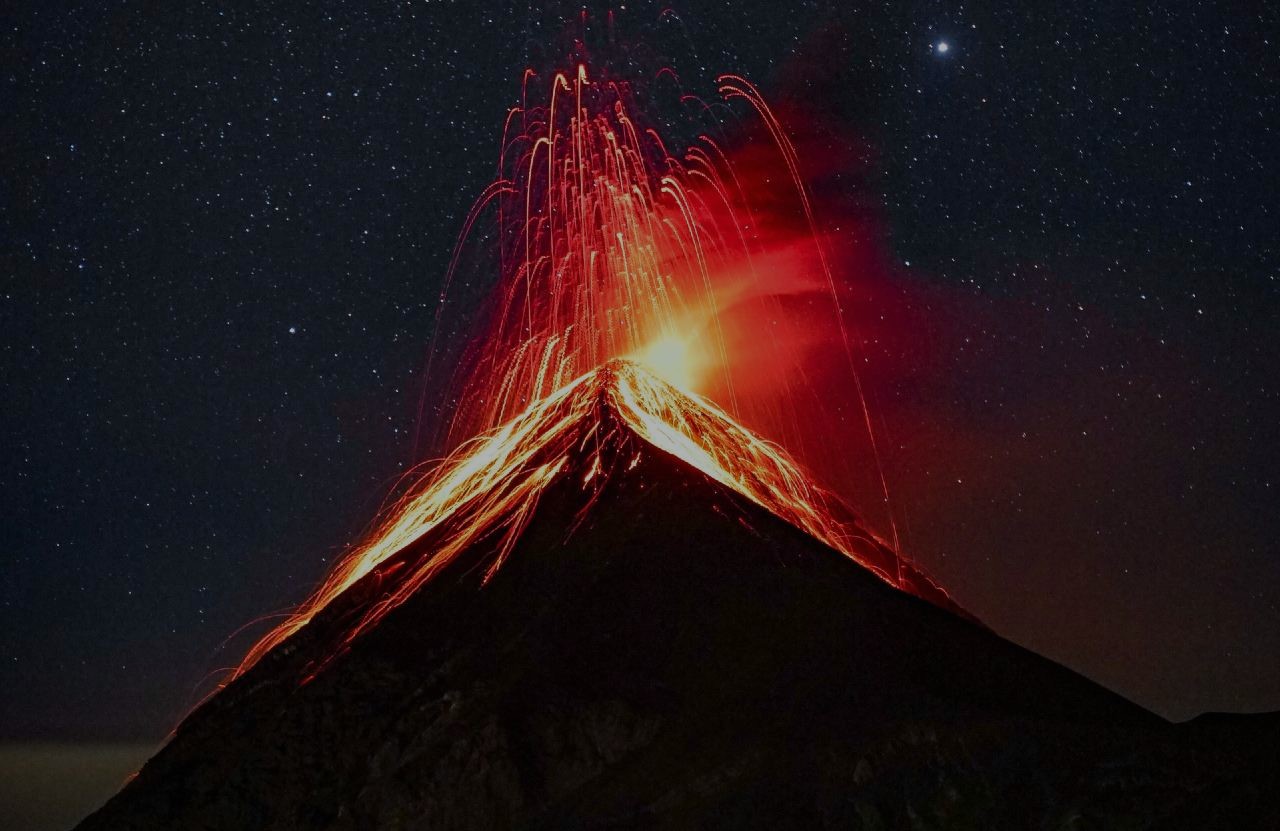
Homeowner’s insurance ensures that you’ll be prepared when the unexpected happens. But picking the right insurance options isn’t as easy as just calling and signing up for one policy to cover everything. Unfortunately, there is no such thing as a “one size fits all” policy to cover you for any disaster that might come up. It can be overwhelming to try and understand what type of homeowner’s insurance you should buy. The insurance you need will vary depending on the state you are living in and the natural disaster risks in your area. To save you some legwork, here is an overview of what’s typically covered by standard homeowner’s insurance policies and how you can get a handle on the supplemental coverage to buy that can give you the security you need for peace of mind.
What is covered by typical homeowners insurance?
When first-time homeowners buy a home, they may wonder if they even need homeowners insurance. If you buy a home with a mortgage loan, it’s likely that homeowners insurance will be a requirement for at least the outstanding amount of your loan. Even if insurance isn’t required as a term of your loan (for example if you buy a home for cash), experts advise that it’s a no-brainer to get it. That’s because if something does happen to your home, insurance is one of the only ways to ensure that you won’t take a financial hit if you need to make extensive home repairs or rebuild your home.
The most basic homeowner’s policy, known as H-02, will ask for a dollar value on your home and your possessions, taking into account your square footage, building costs, crime rates in your neighborhood, proximity to a fire hydrant, and other factors. Structures on your property — like a detached garage or shed — will also be covered. Then you’ll have to pick your coverage amount. You’ll be looking at a more expensive policy with replacement cost; which will give you a payout equal to the current cost on the marketplace. Meanwhile, the actual cost will be the cost of replacing your property, minus the cost of depreciation, that is, the value at the time your property was damaged, offering a lower payout. There’s also an extended replacement option, which will set you back even more, and will take into account factors like higher building costs; for example, if raw materials go up in price and you need to build a new home. Do your research ahead of time and ask a contractor for an honest assessment of how much it would cost to rebuild your home in the case of loss, or use your home appraisal at the time of sale, to see what you have to work with.

A “special form” policy, known as HO-3, will cover more risks, and for mortgages, your lender is likely to recommend this level of coverage as a minimum. HO-3, like an H-02, typically has specific exclusions, such as earthquakes or floods. When it comes to your belongings, an H-03 might cover damage from specific situations such as a fire, flooding from a burst pipe, hail, or an explosion. If your home is burglarized, you can also likely rest assured that your H-03 policy will have your back.
“Comprehensive form” or “premier” coverage, also known as an HO-5, will cover even more.
What isn’t covered by homeowners insurance?
The biggest question mark when selecting a policy is what isn’t covered. This involves asking a lot of questions and reading the fine print on your policy. Typically you won’t be covered for region-specific disasters — like wildfires and earthquakes in California and tornadoes in Kansas. Mold, landslides, nuclear hazards, and wear and tear on your home will also not likely be covered by basic policies. It could also be that to buy one type of insurance, such as for earthquakes, you’ll need to buy another, like fire insurance. In some cases, you can add “endorsements” to your policy for even more protection. Always ask for a comprehensive list of what’s covered before you sign any policy.
How to determine if you might need extra insurance

If you are moving to a new state, or it’s your first home purchase, your head might be spinning, wondering how many types of homeowner’s insurance you need to buy. If you haven’t already familiarized yourself with the common hazards in your region before buying your home (and it’s a good idea, to do this as soon as you start your home search to get a full picture of what you might be getting yourself into), Columbia University’s US Natural Hazards Index map, can be a place to start. For example, in Alameda County, California, the map shows that there is a high risk of landslides, floods, and earthquakes, translating to potentially adding earthquake and flood insurance to your policy. The map also provides a color-coded risk from blue (low risk) to red (high) across the United States. Our example weighs in at red, meaning extra insurance is likely a must if you’re buying a house there.
Questions to ask your insurance agent before securing coverage
With the list of what’s covered and what isn’t endless, asking the right questions is the key to making sure that you haven’t overlooked a hazardous situation.
You can start off by asking your real estate agent for insurance agent referrals, particularly because your agent will be aware of the common hazards in your area that you will want to be covered. Talking to more than one company and comparing policies is the best strategy, asking key questions about natural disaster insurance (to ensure the quote will cover what you need), such as:
Does this policy cover cash value or replacement cost value?
Is flood insurance or any other natural disaster insurance covered with this policy?
Do I need an umbrella policy for additional liability coverage?
Do I qualify for any discounts (such as from installing smart home devices)?
When you do get quotes back, you’ll want to be sure you are comparing what’s covered, rather than the overall cost of the policies to get the full picture of the best investment for your peace of mind.
Remember that an insurance policy needs to be updated, too, and it’s wise to examine your policy once a year. Other times when you might want to reassess your homeowner’s insurance to potentially increase your coverage is when you’re renovating, adding a home business, or get started on an addition like a backyard studio, or swimming pool.
Tips for filing a natural disaster claim
What do you do if disaster strikes? As you might expect, there is a process to getting that payout as you embark on filing a natural disaster insurance claim and bringing your home back to normal again. Some of the steps that you’ll need to take are: photographing the damage, contacting your insurance agent, clarifying exactly what damage your policy will cover and how much it will cost, and then finding contractors to get the work done. If you need to make emergency repairs while you are waiting for your insurance payout, be sure to save all receipts and document the work every step of the way for reimbursement. When you do talk to your agent or have the damage examined, it’s in your best interest to document your correspondence and get as much in writing as possible to keep your claim moving.
step of the way for reimbursement. When you do talk to your agent or have the damage examined, it’s in your best interest to document your correspondence and get as much in writing as possible to keep your claim moving.
No one wants to think about the prospect of a disaster hitting their home. But getting prepared can save you from a huge financial burden and headache in the long run, in turn creating a sense of security for you and your family.


